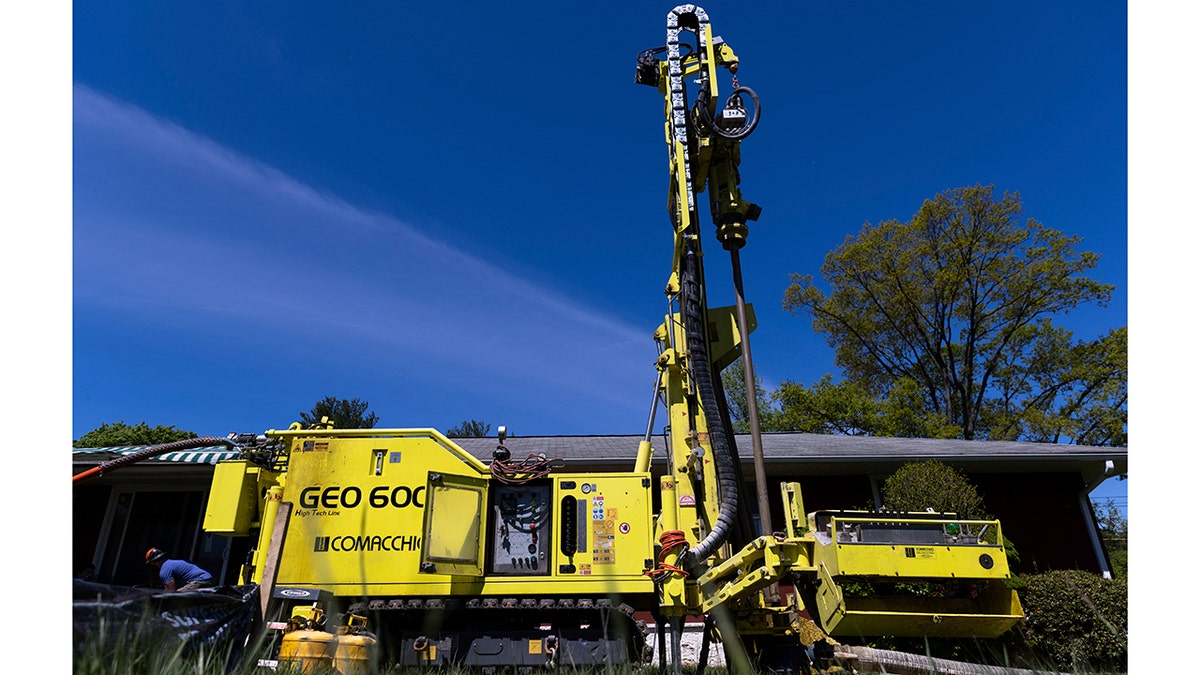Homeowners seeking eco-friendly and efficient climate control are increasingly exploring geothermal heat pumps, also known as ground-source heat pumps. This technology capitalizes on the Earth's consistent subsurface temperature, which hovers around 55 degrees Fahrenheit regardless of the season.
Geothermal systems operate by circulating a water-antifreeze mixture through a network of pipes buried underground. A heat pump, typically situated in the basement, facilitates this circulation. During hot summer days, the system extracts heat from inside the house and transfers it to the underground water loop, where it dissipates into the cooler earth. Conversely, in winter, the system draws heat from the relatively warmer earth and transfers it indoors, providing warmth. This process leverages a refrigerant, a specialized fluid that absorbs and releases heat efficiently.

Image: A geothermal heat pump system being installed. (AP Photo/Julia Nikhinson)
The configuration of the underground loop varies depending on the property. In larger buildings, the loop might be shallow and spread horizontally. Residential installations often require deeper vertical drilling, sometimes reaching depths of 300 feet or more, to ensure adequate contact with the earth for efficient heat exchange.
While the initial investment for geothermal systems is higher than conventional furnaces, proponents highlight the long-term cost savings due to lower energy consumption. Geothermal systems primarily use electricity to circulate the water and refrigerant, resulting in significantly reduced operating costs compared to traditional heating and cooling methods. The underground components of these systems are designed for a lifespan exceeding 50 years, with above-ground parts lasting 25 years or more, surpassing the average lifespan of gas furnaces.
Although geothermal heat pumps offer substantial benefits, air-source heat pumps, which extract energy from the outside air, remain the more prevalent choice. However, as awareness of geothermal technology grows and the demand for sustainable solutions increases, ground-source heat pumps are poised to gain wider adoption.
Comments(0)
Top Comments